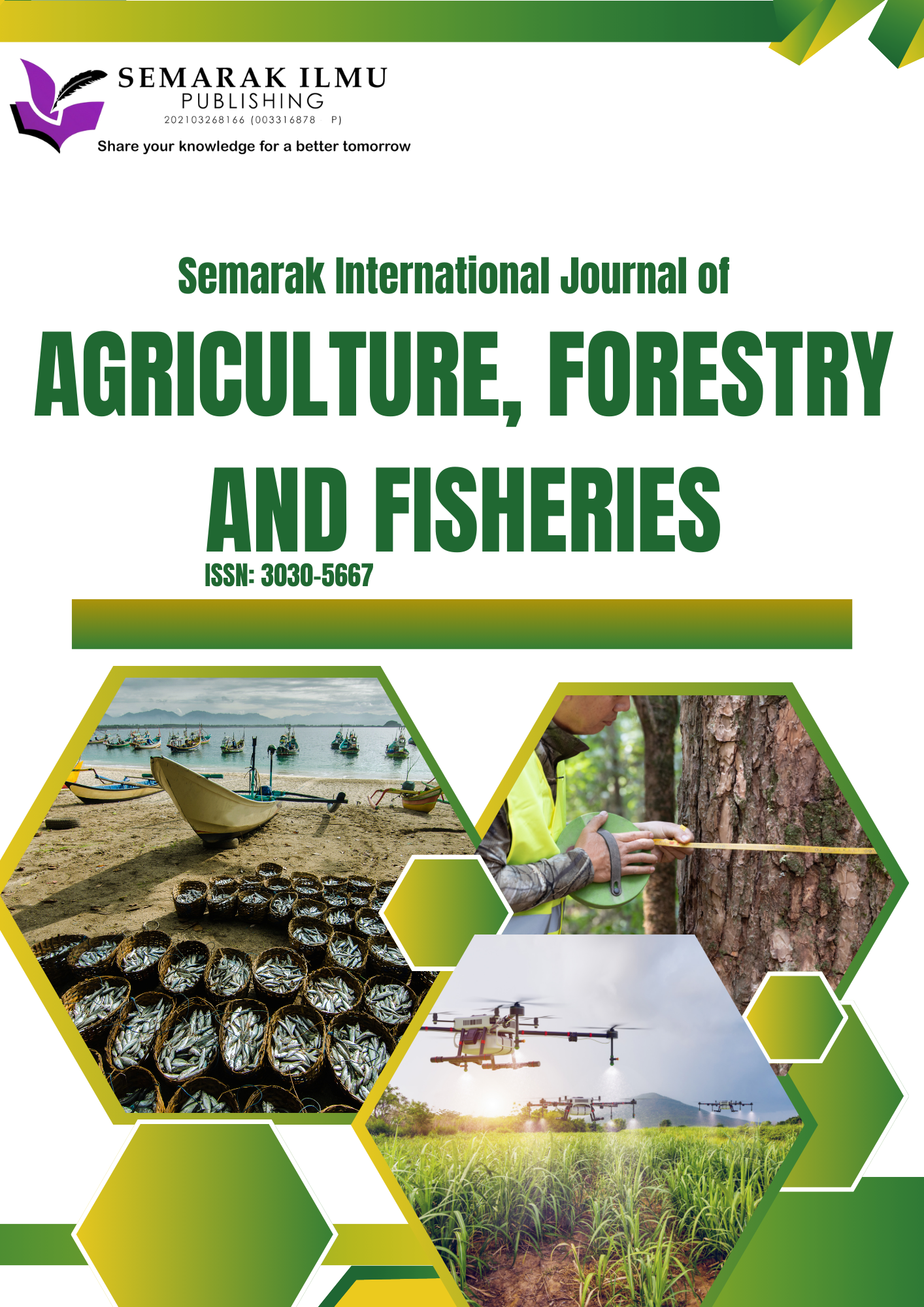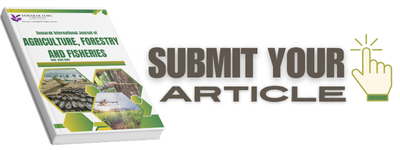In Vitro Polyploidy Induction of Anthurium Andreanum Lind. Plants by Colchicine Treatment for Enhanced Floriculture Applications
DOI:
https://doi.org/10.37934/sijaff.%203.1.916Keywords:
Flamingo flower, colchicine, polyploidyAbstract
The A. andreanum Lind. (commercially known as Flamingo flower) plays a significant role in the global floricultural trade. It is traditionally propagated by seeds, however, it is not desired because of cross-pollination and the progenies are heterozygous. This study aims to develop faster method to obtain new variety(s) of A. andreanum Lind. through in vitro polyploidization using antimitotic agent, colchicine. Three different explants (petiole, shoot tip and root) of A. andreanum Lind. clones (namely A1 and A5) were treated with colchicine (0.3 mg/L and 0.4 mg/L) at different exposure times (2, 3 and 5-hours) and transferred into shoot regeneration medium. The explants were kept for 3 months under control conditions in vitro. Survival rates and regeneration ability were recorded. Leaves developed from each colchicine-treated explant were excised and evaluated for ploidy level using flow cytometry (FCM). Results showed ploidy level changes detected at less than 30 % in all samples. Aneuploidy and haploidy were detected in leaf samples regenerated from A1 shoot tip after treated with 0.4 mg/L colchicine for 3 and 5-hour exposure time. Changes in ploidy levels were detected in shoot tip after treated with 4 mg/L colchicine at 2 and 3-hour exposure time however, no ploidy changes from leaf developed from petiole explants in both clones. This study showed that types of explants, antimitotic agent concentration and genotypic differences play a role in the susceptibility in the success of polyploidy induction in A. andreanum Lind.
Downloads









